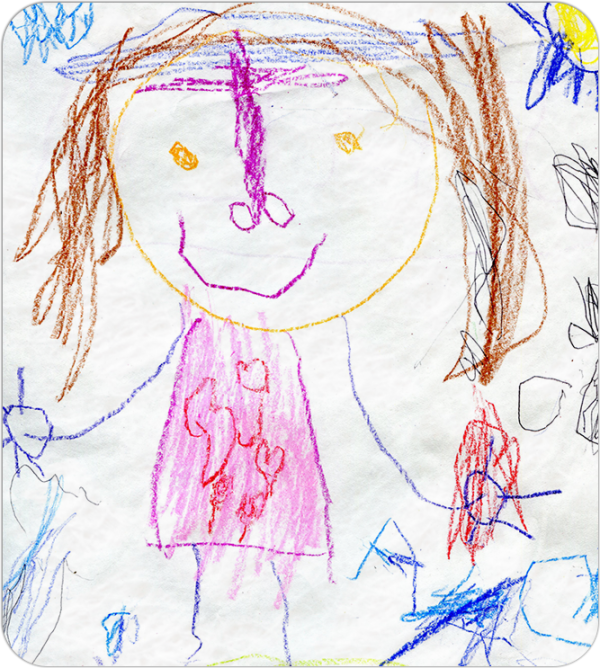C.G. Jung contended the goal of analysis was “to make conscious content accessible and so to bring it closer to the patients understanding.”—Mandala Symbolism, 1934, p. 182
In analytical psychology there has been an emphasis on projection as the means by which the contents of the inner world are made available to ego-consciousness. Jung was the first to discover how to integrate his unconscious with consciousness through his depressive break from Freud using active imagination, projective drawing, and dialogue. For Jung, the function of projection was to separate the subject and object culminating in increased ego-consciousness. He was also interested in the origin of the projections as archetypal or personal.
One particular way to access the unconscious is through Projective Drawing, which can assist the therapist in understanding clients who can project their unconscious thoughts, feelings, history and concerns onto the drawing. The information that is gained can inform the therapeutic treatment. Additionally, the art, imagery and symbols created can be particularly helpful without direct verbal revelation.
The class will be didactic and experiential and will focus on several Projective Drawing Techniques with an emphasis on assessment and interpretation. Participants will be given the tools to analyze personal and client drawings and will learn open ended questioning techniques to further explore the content of the drawing.
No previous art experience is necessary to attend this class.
Therapists attending the class, please be attentive to any of your cases where the client is discussing a drawing that they drew or when they speak of a drawing that appears in their imagery or dream



